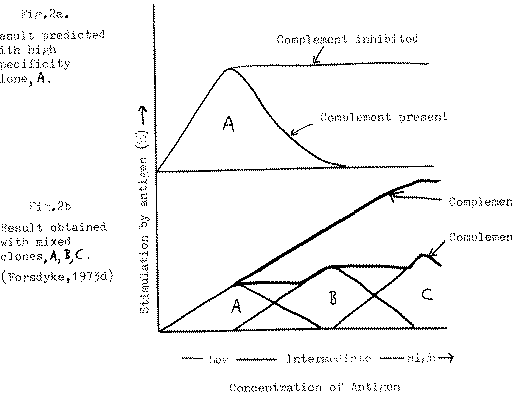|
|
||||||||||||||||||||||||||||||||
By this time those who do not have experience of the task of obtaining funds for research may be wondering what a grant application actually looks like. Basically, the forms are all the same and I show below some sections of an application I submitted (30 copies) to the US National Institutes of Health in May 1977. There are strict limits on the number of pages, and most space is allotted for the applicant's proposal, rather than the applicant's track record. The first page contains the proposal summary (title of the project, the applicant's institutional address, and the signatures of the applicant and a senior member of the institution; e.g. the Dean of Medicine). The second page contains a Table of Contents with page numbers:
|
||||||||||||||||||||||||||||||||
|
PROJECT TITLE Immunotherapy: New Approaches to Immunotherapy: Extra-Corporeal Clonal Expansion Therapy (ECCET) |
||||||||||||||||||||||||||||||||
In the budget I asked for $168,285 over 3 years. This included research materials ($43,650), a research assistant with a Ph.D ($45,000), a technician with a B.Sc ($30,000) and pension contributions, etc., for these ($7,500). For equipment I requested an automatic harvester of cell cultures ($3,300). There was also a 30% overhead to cover institutional costs ($38,835).
|

